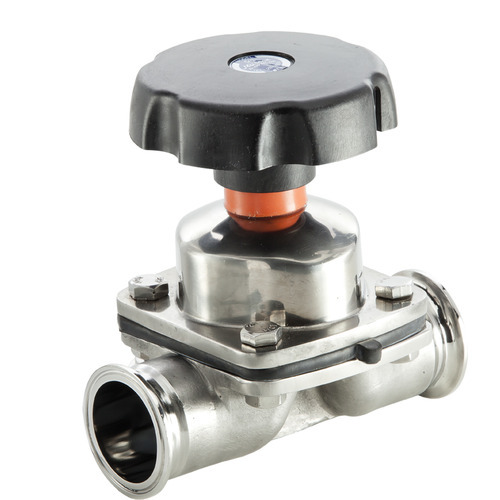Diaphragm valves a comprehensive guide to basics (Business Opportunities - Marketing & Sales)
Hot-Web-Ads > Business Opportunities > Marketing & Sales
Item ID 15797271 in Category: Business Opportunities - Marketing & Sales
Diaphragm valves a comprehensive guide to basics | |
Introduction: In the field of industrial fluid control, diaphragm valves play a pivotal role in regulating the flow of liquids and gases. These versatile valves are widely employed in various industries due to their unique design and exceptional functionality. In this comprehensive guide, we will delve into the basics of diaphragm valves, shedding light on their construction, working principles, applications, and the importance of proper maintenance. Diaphragm Valves Diaphragm Valves 1. What Are Diaphragm Valves? Diaphragm valves are a type of linear motion valve that uses a flexible diaphragm to control the flow of media. This diaphragm, typically made of rubber or other elastomeric materials, is placed in the path of the flowing substance, allowing for precise control of the valve’s opening and closing. The key advantage of diaphragm valves lies in their ability to provide a tight seal, preventing leakage and contamination. 2. Construction and Working Principles: Diaphragm valves consist of three main components: the body, the diaphragm, and the compressor. The body houses the diaphragm and provides a passage for the flow of fluids. The diaphragm, usually made of materials like rubber, is the crucial element that separates the flowing media from the valve’s operating mechanism. The compressor, often a handwheel or actuator, controls the movement of the diaphragm. The working principle of diaphragm valves is simple yet effective. When the compressor is activated, it exerts pressure on the diaphragm, causing it to move and open the valve. Conversely, releasing the pressure allows the diaphragm to close the valve. This on-off mechanism provides precise control over the flow, making diaphragm valves suitable for various applications. 3. Applications: Diaphragm valves find applications in a wide range of industries, including pharmaceuticals, water treatment, chemical processing, and food and beverage. Their ability to handle abrasive and corrosive fluids, as well as their sterile design, makes them indispensable in processes where contamination is a critical concern. Additionally, diaphragm valves are favored for their ease of maintenance and reliable performance. 4. Importance of Maintenance: Proper maintenance is crucial to ensuring the longevity and efficiency of diaphragm valves. Regular inspections, cleaning, and replacing worn-out diaphragms are essential tasks that prevent leaks and malfunctions. Diaphragm valves should be operated within their specified pressure and temperature ranges, and any deviation from these parameters should be promptly addressed. Conclusion: In conclusion, understanding the basics of diaphragm valves is essential for digital marketers and content creators working in industries where fluid control is paramount. The versatility, reliability, and precision offered by diaphragm valves make them a staple in various applications. By emphasizing the importance of proper maintenance, users can optimize the performance of diaphragm valves and ensure a seamless flow of processes in their operations. Whether you’re in the pharmaceutical, chemical, or food and beverage industry, integrating diaphragm valves into your fluid control system can contribute to enhanced efficiency and product quality.  | |
| Related Link: Click here to visit item owner's website (0 hit) | |
| Target State: All States Target City : pune Last Update : Oct 09, 2024 6:07 AM Number of Views: 74 | Item Owner : parth valve Contact Email: Contact Phone: 952912354 |
| Friendly reminder: Click here to read some tips. | |
Hot-Web-Ads > Business Opportunities > Marketing & Sales
© 2025 Hot-Web-Ads.com
USNetAds.com | GetJob.us | CANetAds.com | UKAdsList.com | AUNetAds.com | INNetAds.com | CNNetAds.com | USAOnlineClassifieds.com
2025-02-22 (0.229 sec)